 It wasn’t only Rolex that decided to come out with a new dress watch this year (the Rolex Cellini Time, Date and Dual Time); Omega also decided to surprise everyone at Baselworld 2014 with a classic looking timepiece. Classic on the outside, that is, since the new Omega De Ville Trésor Master Co-Axial is equipped with the brand’s latest technical innovations in its manual-wind movement.
It wasn’t only Rolex that decided to come out with a new dress watch this year (the Rolex Cellini Time, Date and Dual Time); Omega also decided to surprise everyone at Baselworld 2014 with a classic looking timepiece. Classic on the outside, that is, since the new Omega De Ville Trésor Master Co-Axial is equipped with the brand’s latest technical innovations in its manual-wind movement.
However, I will come to that later. Let’s first talk about the roots of the Omega De Ville Trésor. The Omega Trésor was a model from the late 1940s, debuting between the launch of the Seamaster collection (1948) and the Constellation collection (1952). Inside was Omega’s famous 30-mm hand-wound caliber 30T2, a very sought-after movement by collectors. The Trésor model wasn’t part of the De Ville collection, which was introduced in 1960. It appears that Omega is using their current De Ville collection to introduce some of its latest innovations. In 1999, Omega introduced its Co-Axial escapement (at the time in a modified ETA 2892-A2 movement) in its De Ville watches. The three models were all limited to 999 pieces and had awesome, pie-pan-shaped dials and brick bracelets — an interesting nod to those early Constellation chronometers, in my opinion. In any case, a few years later (in 2007), Omega also introduced its in-house Caliber 8500 Co-Axial movement in another De Ville watch, the Hour Vision. The Omega De Ville Trésor Master Co-Axial has a newly developed anti-magnetic movement movement (Caliber 8511) with a Si14 silicon balance spring. It’s a beautiful movement, based on the automatic Caliber 8500, but a hand-wound version instead.
Omega’s Caliber 8511 movement has a 60-hour power reserve due to its two barrels and it is also antimagnetic to 15,000 gauss. The technology Omega used for its Seamaster Aqua Terra > 15,000 gauss is now widely embedded in the company’s in-house movements (with the exception of chronograph movements).
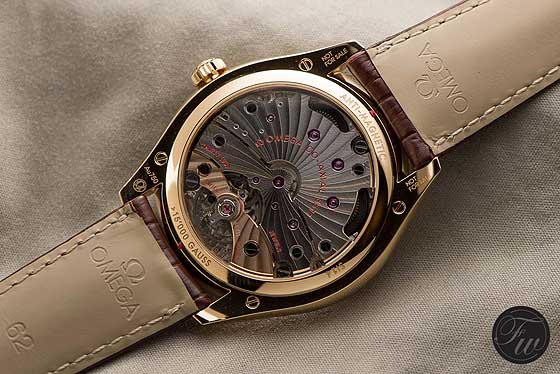
With its 10.6-mm-thick case it is not the thinnest dress watch, but given the fact that it does have a date complication and an extra time zone function, I think that’s fine. The diameter of the De Ville Trésor Master Co-Axial case is 40 mm. The beautiful, silvery opaline dial with its “Clous de Paris” pattern is protected by a nicely domed sapphire crystal. The sapphire crystal has nonreflective coating on both sides.

At 6 o’clock, you will find the date aperture, where Omega placed it on its Omega Seamaster Calendar watches from the 1950s. Furthermore, you will find long, domed gold hour indices, including two each at 12, 3, 6 and 9 o’clock. The ones at 6 o’clock are slightly shorter, as they are interrupted by the date aperture. The dial is very clean: there is text mentioning the Master Co-Axial movement and the fact that it the watch is chronometer-rated, but that is it. The dial in a dress watch should be as clean as possible, in my opinion. Perhaps Omega could even have left out the Master Co-Axial text, but the does seem well-balanced this way.
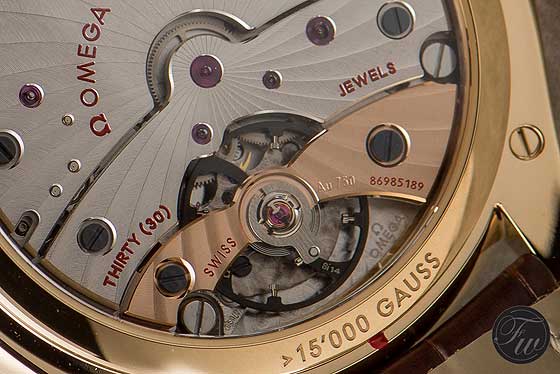
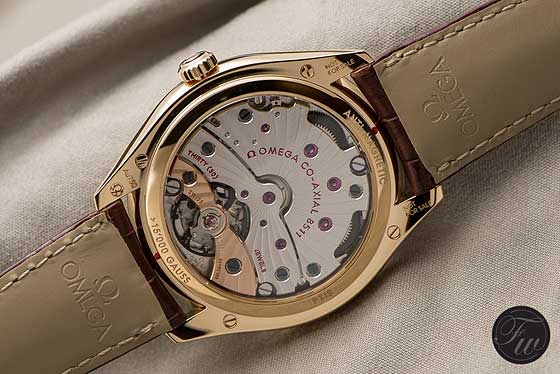
My watchmaker – who has a weak spot for vintage Constellation watches – often complains to me that watch manufacturers don’t make dials like this anymore. I’m glad to report that Omega just did. The Omega De Ville Trésor Master Co-Axial comes in three different versions: white gold, yellow gold and Omega’s proprietary Sedna gold. Prices range from $13,800 to $15,000.
(All photos by Bert @ Fratello Watches.)

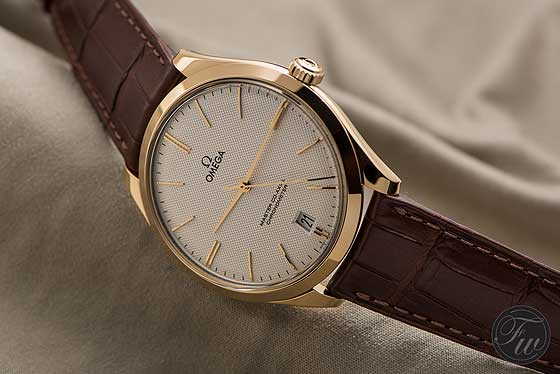
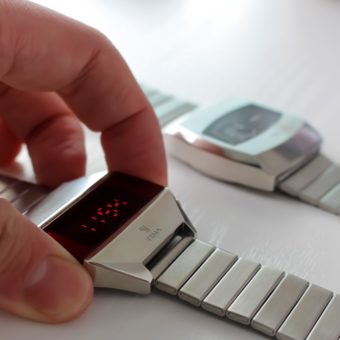

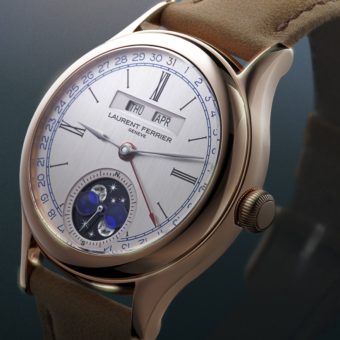
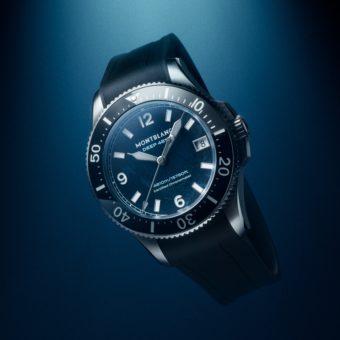
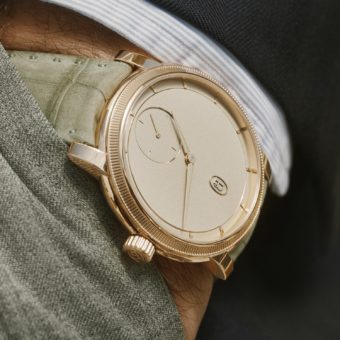
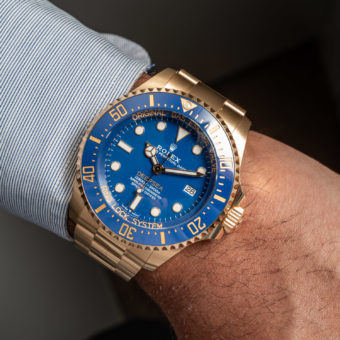
Hi – can you please elaborate on the second time zone function? I can’t see any details of it on Omega or any other review?